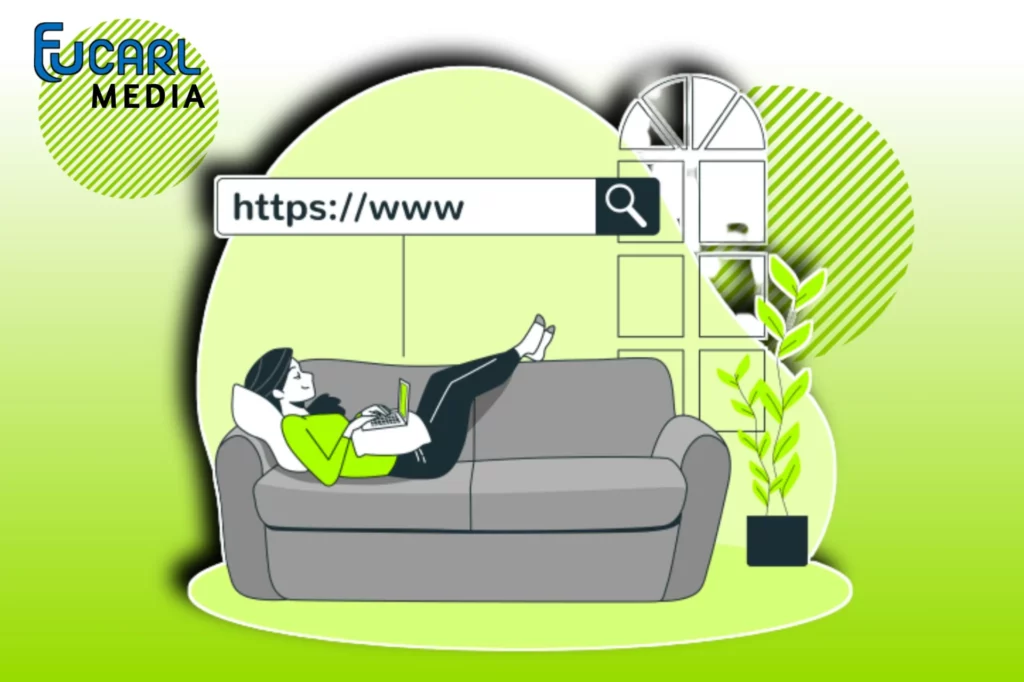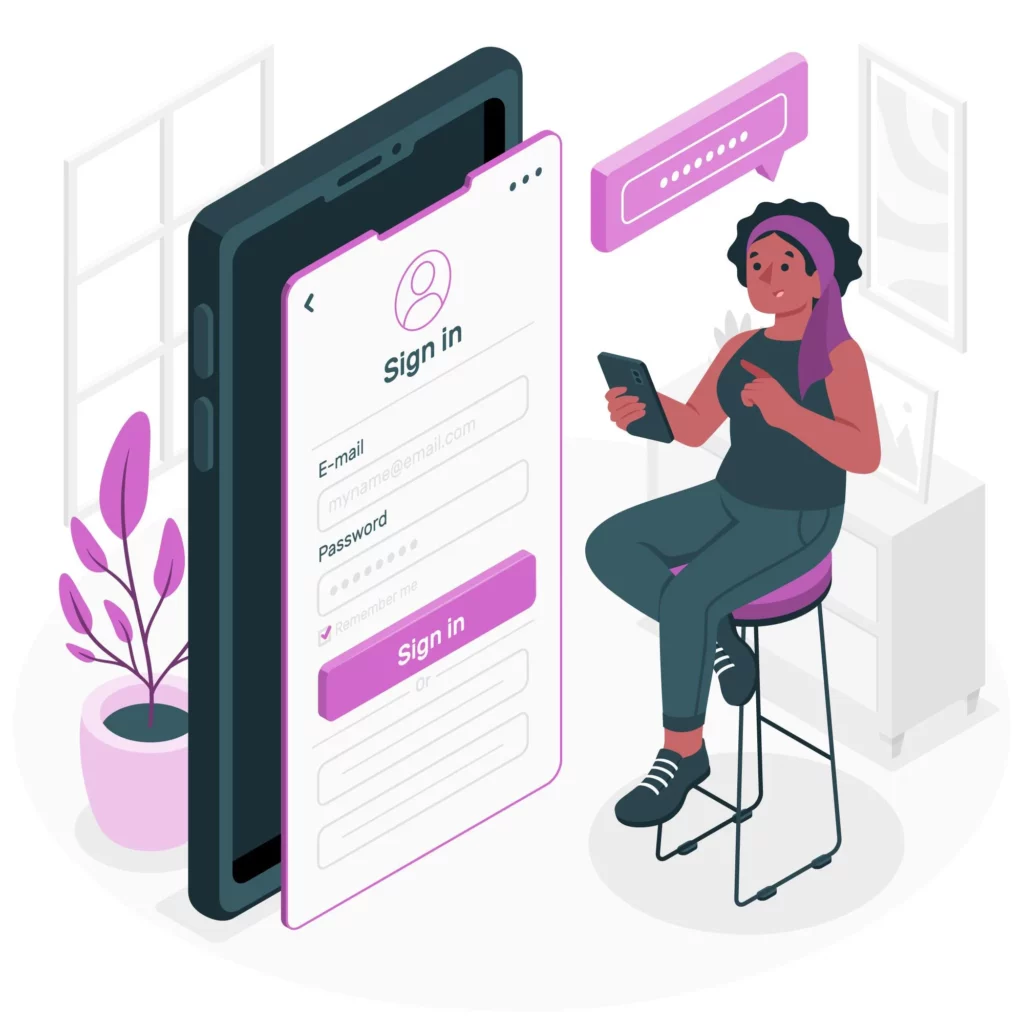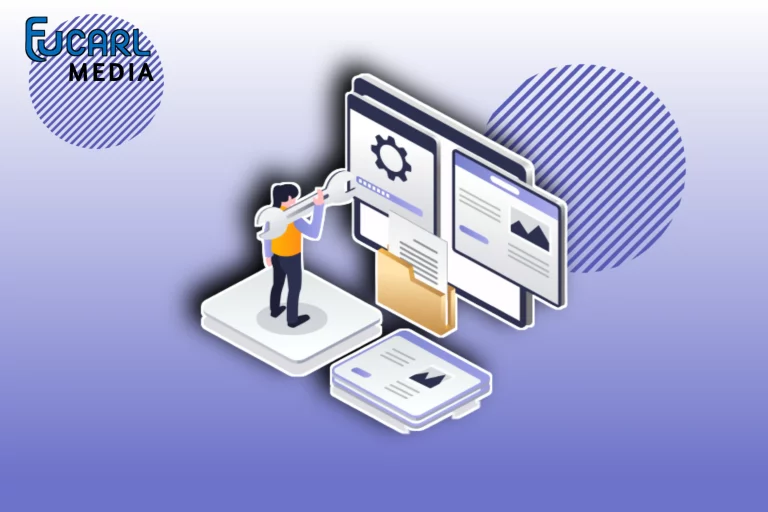What Is A Callback URL And Why Your Small Business Need It?
Welcome, online entrepreneurs and business owners! If you’re seeking answers to questions like “What is a callback URL?” and other related inquiries, you’ve come to the right place.
Prepare to be enthralled as we unravel the mysteries behind these powerful URLs and discover how they can revolutionize your website development endeavors.
Brace yourselves for a journey that promises to enhance revenue and elevate the shopping experience for your valued customers in relation to the postback URL.
Also, prepare yourself for an enlightening exploration into the realm of website optimization, revenue growth, and how it affects your business.
Whether you’re a seasoned e-commerce expert or a novice venturing into the online business world, these invaluable keys are about to unlock a world of possibilities for you
So, without further ado, let’s embark on this thrilling journey of explaining what a callback URL is, how to get a callback URL, and why your small business needs it!
Table of Contents
What Is A Callback URL?

So, what is a callback URL, you may ask? Well, let me break it down for you.
A callback URL, also known as a redirect URL, is a specific address that is supplied by a server, enabling any machine within the internet or a private network to transmit data to it using the POST method.
In the world of programming, a callback URL holds significant importance as it serves as the ultimate destination where a script of executable code connects two distinct functions or programs.
This crucial element acts as a bridge, facilitating seamless communication and interaction between various components.
By understanding the concept of a postback URL, developers can harness its power to enhance the functionality and efficiency of their applications.
So, let’s delve deeper into the realm of callback URLs and explore their role in the intricate web of code execution and how it affects small and upcoming businesses.
However, from the customer’s point of view, a well-executed callback URL seamlessly guides the web page to execute a dynamic action that was initiated, effortlessly bringing them back to your website in an automated manner.
Callback URLs And How They Can Be Used
Let’s dive into some postback URL examples and explore how they can be effectively utilized in different scenarios.
Return Customers To Your Site
Imagine this scenario: a customer visits your online shop and decides to make a purchase using his or her external credit card
They opt to pay using a redirect method, which allows them to complete the transaction on a different platform.
Now, here’s where things get interesting. Instead of leaving your website entirely, you have the power to redirect them back to your site using a callback URL.
This means that even after making a payment, the customer can seamlessly continue their shopping experience on your platform.
How convenient is that? It’s all about providing a smooth and uninterrupted journey for your valued customers.
Redirect Users To Your Calendly Account.
Imagine having a Paystack-integrated web app that effortlessly handles all your appointment scheduling needs.
Well, guess what? You can take it up a notch by seamlessly directing your valuable customers to your Calendly account.
This favorable condition will conveniently allow them to make their reservations after getting the answer to the question, “What is a callback URL?
It’s also the perfect solution to streamline your booking process and enhance the overall customer experience.
Redirects Customers To Your Google Drive
As an online bookseller, one incredibly useful tool that you should definitely consider incorporating into your business strategy is learning how to get a callback URL.
This nifty feature allows you to seamlessly redirect your buyers to your Google Drive, where they can access the books they have just purchased immediately after completing their payment.
Trust me, this simple yet effective technique will help you streamline the buying process for your customers and also have a great impact on your business.
So, let’s dive into the details of why your small business needs a callback URL and take your online book-selling venture and other business ideas to new heights!
Why Your Small Business Needs A Callback URL

In this section, we’re going to delve into the compelling reasons why incorporating a postback URL into your small business strategy is an absolute game-changer.
Brace yourself, because once you grasp the immense benefits that await, you’ll wonder how you ever managed without it.
So, without further ado, let’s dive right in and explore why your small business is in dire need of a postback URL and how to get a callback URL.
1. More Efficient Than Local Computers
In today’s digital marketing landscape, it’s crucial to optimize our workflows and streamline our processes One such optimization that has gained significant traction is utilizing postback URLs
These URLs offer a level of efficiency that surpasses what can be achieved on a local computer. And these postback URLs are the go-to choice for many tech-savvy individuals and businesses alike.
The callback URL method has also become increasingly popular among small businesses due to its efficiency compared to the traditional approach of continuously waiting or polling for data.
This method allows computers to receive updates and notifications only when necessary, resulting in improved productivity and reduced resource consumption.
As a result, more and more businesses are embracing this approach to streamline their operations and enhance their overall efficiency.
2. To Get Work Done On Time
In order to ensure that a function Is executed only after the successful completion of a specific task, it is crucial to implement proper control flow mechanisms.
By doing so, we can prevent any premature execution and ensure that the desired sequence of actions is followed.
One effective approach to achieving this is through the use of a postback URL. These programming constructs allow us to define a function that will be executed once the specified task has finished its execution.
By attaching this callback function to the completion event of the task, we can guarantee that the subsequent function will only be invoked when the task has been successfully completed.
Another technique that can be employed when you wish to learn how to get a callback URL is the use of conditional statements.
By checking the completion status of the task before executing the subsequent function, we can ensure that it is only called when the task has reached its desired state.
This can be achieved by utilizing if-else statements or similar conditional constructs. Furthermore, it is important to handle any potential errors or exceptions that may occur during task execution.
3. For Server-based Technology
The importance of server-based technology cannot be overstated, especially for small businesses looking to thrive in the online realm.
One crucial aspect that often goes unnoticed is the role of redirect URLs in bolstering the efficiency and effectiveness of these technologies.
According to the answer we provided to the question “What is a callback URL? It revealed to us how it plays a pivotal role in seamlessly directing users from one web page to another.
This seemingly simple feature holds immense potential for small businesses, as it allows for an enhanced user experience and improved search engine optimization.
Callback URLs play a crucial role for individuals leveraging server-based technology to deliver a report for mobile marketing analysis.
These URLs enable on-the-fly optimizations, ultimately enhancing business ROI and visibility in front of the SERPs of different search engines.
4. To Rectify Broken Links
When it comes to managing your website, there are times when you may need to redirect traffic from one URL to another.
This is particularly useful when the old URL is no longer in use or has been replaced by another URL code.
By implementing proper URL redirection, you can ensure that your visitors are seamlessly directed to the new URL without any disruptions.
Hence, the importance of learning how to get a callback URL redirection and how it can benefit your website’s overall user experience cannot be overemphasized.
URL redirection is always a crucial aspect of website management. It also helps in maintaining authority when it comes to backlinks.
Specifically, I want to focus on the scenario where backlinks are pointing to a page that has been relocated. With this postback URL, your users will automatically be directed directly.
What Is A Callback URL? What Do You Need To Know?

In conclusion, we have delved into the depths of understanding the answer to the question “What is a callback URL?” and explored the potential applications of a postback URL.
We have also uncovered the methods for getting a callback URL and shed light on the significance of why small businesses need a callback URL in this digital age.
As we wrap up this enlightening journey, it is evident that a redirect URL serves as a vital tool in the digital landscape, facilitating seamless communication between different platforms and enhancing the overall user experience
Armed with this newfound knowledge, businesses can now harness the power of callback URLs to optimize their operations and stay ahead in the ever-evolving online realm.
With that, we bid adieu to this comprehensive article on the intricacies of callback URLs, hoping it has provided you with valuable insights and a deeper understanding of this essential concept.



![Top 13 Best SEO Companies In Lagos, Nigeria ([year]) Top 13 Best SEO Companies In Lagos, Nigeria](https://eucarlmedia.com/wp-content/uploads/2022/09/20220901_183501-768x512.webp)


